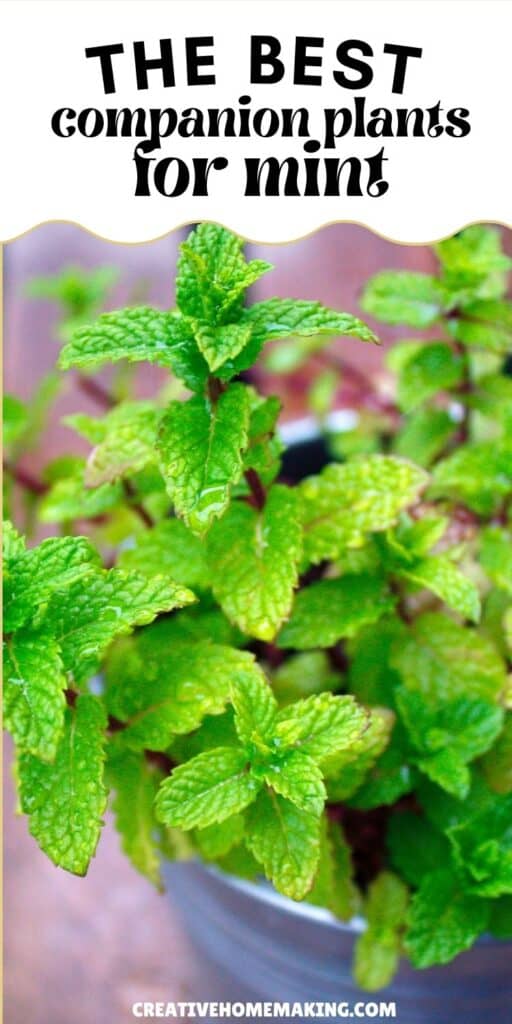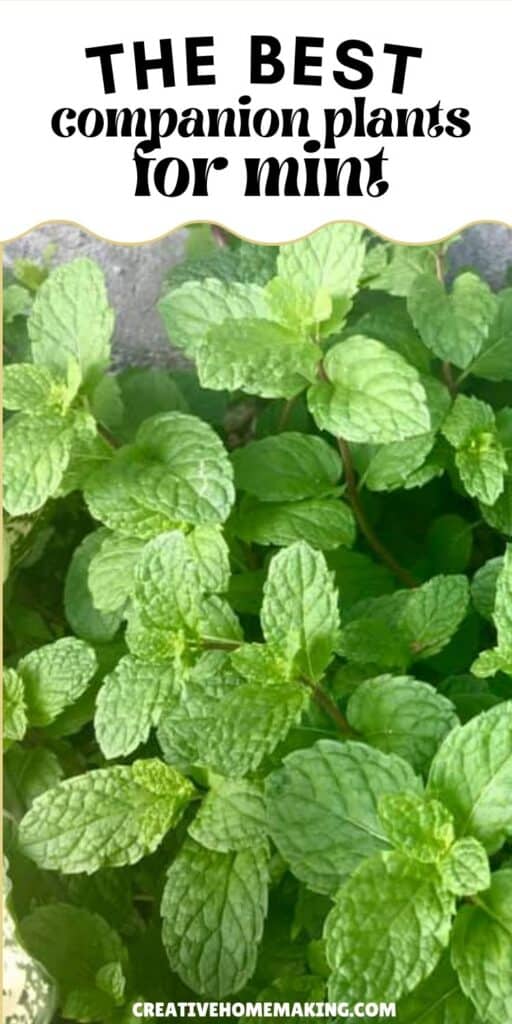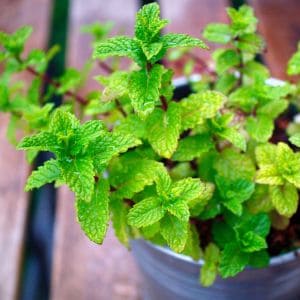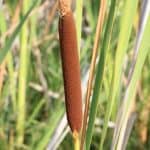If you want your mint to grow healthy and strong, choosing the right companion plants can make a big difference. Mint works well with certain vegetables, herbs, and flowers that help repel pests and improve its growth. Knowing which plants to pair with mint can save you time and trouble in your garden.
This post may contain affiliate links.
Mint has a strong smell that keeps bad bugs away and attracts helpful insects like bees. You can grow mint next to plants like carrots, tomatoes, beans, and marigolds to create a balanced garden space. But watch out—some plants don’t do well near mint because it spreads quickly and uses a lot of water.
By planting mint with the right neighbors, you’ll enjoy better flavors, healthier soil, and fewer pests. This guide will help you find the best companion plants for mint so your garden can thrive.
Related Article: How to Dry Mint Easily for Fresh Flavor All Year Round

Best Companion Plants for Mint
Mint is a strong-smelling herb that helps keep pests away, so pairing it with the right plants can improve their growth. Some vegetables, flowers, and herbs gain protection or other benefits when planted near mint. You should also watch how mint spreads, as it can take over.
Related Article: When and How to Prune Mint Plants for Best Results
Vegetables That Thrive With Mint
Vegetables like tomatoes and members of the brassica family (cabbage, broccoli, cauliflower, kale) do well near mint. The strong mint scent deters pests such as aphids, cabbage moths, and flea beetles that attack these vegetables. Mint can reduce the need for pesticides by keeping these bugs away.
Be careful with spacing. Mint grows quickly and can crowd vegetables if not controlled. Using containers or barriers can keep mint from spreading into your vegetable beds.
Related Article: Cucumber Mint Lemonade Refreshing Summer Drink Recipe
Flowers Benefiting From Mint
Certain flowers, especially those that attract beneficial insects, flourish near mint. Mint flowers bring in bees, parasitic wasps, and other helpful bugs that eat harmful pests in the garden.
Planting mint next to flowering plants can create a more balanced garden ecosystem. The scent also confuses insects that might otherwise damage your flowers.

Herbs That Grow Well With Mint
Mint grows well with other herbs like basil, rosemary, parsley, and chives. These herbs share similar needs for moist soil and partial shade, making them good companions.
Related Article: What to Do with Mint Leaves: Easy Ideas for Fresh Flavors
They also benefit from mint’s pest-repelling scent, which keeps aphids and ants away. Plant these herbs together in your garden or in nearby pots for best results, but keep mint in check so it doesn’t take over.
Tips for Successful Companion Planting With Mint
Mint grows quickly and can take over your garden if not managed well. Pairing it with the right plants and paying attention to soil and water needs will help keep your garden balanced and healthy.
Preventing Mint Overgrowth
Mint spreads fast through underground runners, which can crowd other plants. To stop this, plant mint in containers or use barriers in the soil. You can also grow mint in raised beds to control its roots.
Another way to manage mint’s growth is to plant it near plants that don’t allow its roots to spread easily, like cabbage or carrots. Regular trimming helps keep mint in check and encourages fresh, healthy leaves.
Avoid planting mint in open garden beds without any boundaries. Without control, it can quickly choke nearby plants, making your garden look messy and overcrowded.
Choosing the Right Plant Combinations
Mint does well with plants that benefit from its pest-repelling properties. For example, tomatoes, cabbage, and carrots grow better when mint is nearby because mint keeps bugs like whiteflies and spider mites away.
However, keep mint at least 18-24 inches away from these plants. Mint competes for nutrients and water, so space is key to avoid stunting their growth.
Avoid planting mint with beans or parsley because they do not grow well together. Instead, try pairing mint with herbs like basil, oregano, or rosemary that share similar growing conditions.
Soil and Water Needs
Mint prefers moist, well-drained soil with a slightly acidic to neutral pH (6.0 to 7.0). Keep the soil consistently damp but avoid waterlogging, which can cause root rot.
When planting mint with other plants, make sure both have similar water needs. Mint likes regular watering, so pair it with plants that enjoy steady moisture, not drought-tolerant types.
Mulching around your plants can help keep soil moist and reduce weeds. Check soil moisture regularly to make sure neither mint nor its companions dry out or sit in too much water.
Follow my mint board on Pinterest.




